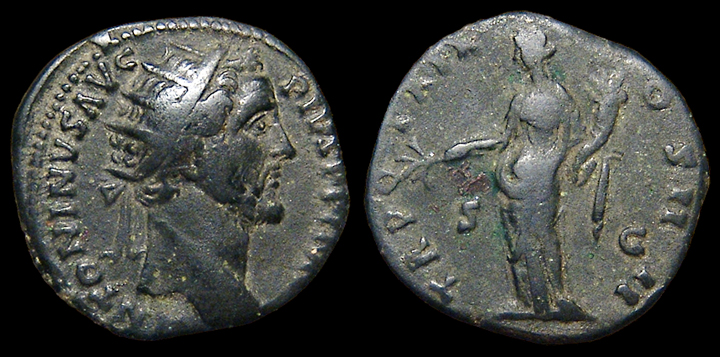

Itinerant pedlars ( rochel) took spices and perfumes to the rural population.

There is some information on the economy of Roman Palestine from Jewish sources of around the 3rd century AD. They sold food and clothing to the soldiers and paid cash for any booty coming from military activities. They were also present near Roman military camps during campaigns. They were present in all the open-air markets or covered shops, manning stalls or hawking goods by the side of the road. The mercatores were usually plebeians or freedmen. They kept strict books, called tabulae, which were treated as legal proof by the courts. The argentarii sometimes did the same kind of work as the mensarii, who were public bankers appointed by the state. In some instances the argentarii are considered a subset of the negotiatores and in others as a group apart. The argentarii acted as agents in public or private auctions, kept deposits of money for individuals, cashed cheques ( prescriptiones) and served as moneychangers. They also bought and sold staples in bulk or did commerce in wholesale quantities of goods. The negotiatores were in part bankers because they lent money on interest. Negotiatores, mercatores and pedlars įurther information: Banking in ancient Rome Arcus Argentariorum in Rome, a private offering of the argentarii and negotiantes of the Forum Boarium The abacus, which used Roman numerals, was ideally suited to the counting of Roman currency and tallying of Roman measures. The intricate, complex, and extensive accounting of Roman trade was conducted with counting boards and the Roman abacus. Probably because of their high proportion in society compared to that in Classical Greece, the reality of runaways, and the Servile Wars and minor uprisings, they gave a distinct flavor to Roman commerce. The slaves were themselves also the subject of commercial transactions. Plebeians and freedmen held shop or manned stalls at markets, and vast numbers of slaves did most of the hard work. Whereas in theory members of the Roman Senate and their sons were restricted when engaging in trade, the members of the equestrian order were involved in businesses despite their upper-class values, which laid the emphasis on military pursuits and leisure activities. The Romans were businessmen, and the longevity of their empire was caused by their commercial trade. The language and the legions were supported by trade and were part of its backbone. Fashions and trends in historiography and in popular culture have tended to neglect the economic basis of the empire in favor of the lingua franca of Latin and the exploits of the Roman legions. Roman commerce was a major sector of the Roman economy during the later generations of the Republic and throughout most of the imperial period. ( July 2023) ( Learn how and when to remove this template message)Ī Roman fresco from Pompeii, 1st century AD, depicting a Maenad in silk dress, Naples National Archaeological Museum silks came from the Han dynasty of China along the Silk Road, a valuable trade commodity in the Roman empire, whereas Roman glasswares made their way to Han China via land and sea. Statements consisting only of original research should be removed. Lots of prose throughout article without citation Please improve it by verifying the claims made and adding inline citations. This article possibly contains original research.


 0 kommentar(er)
0 kommentar(er)
